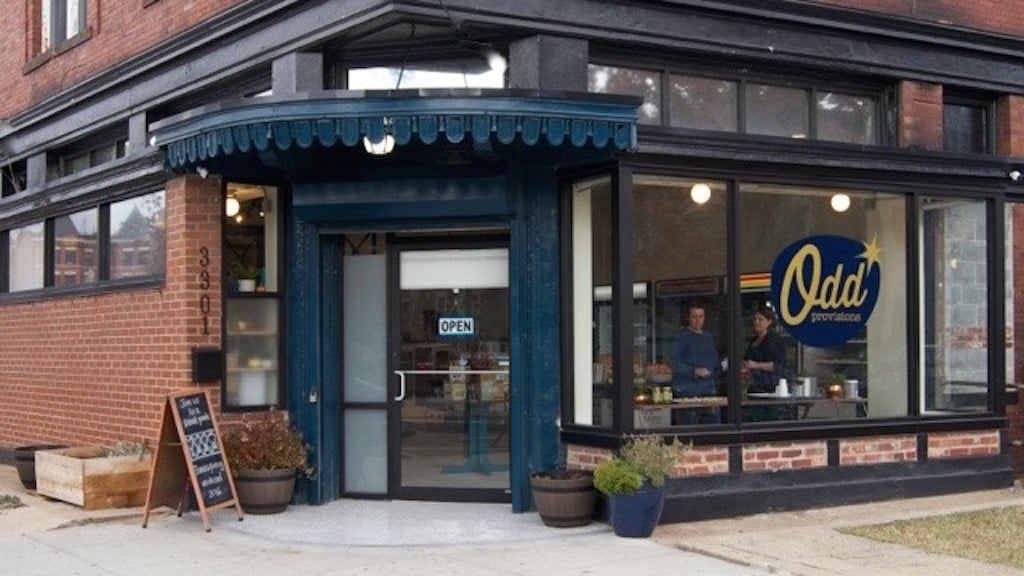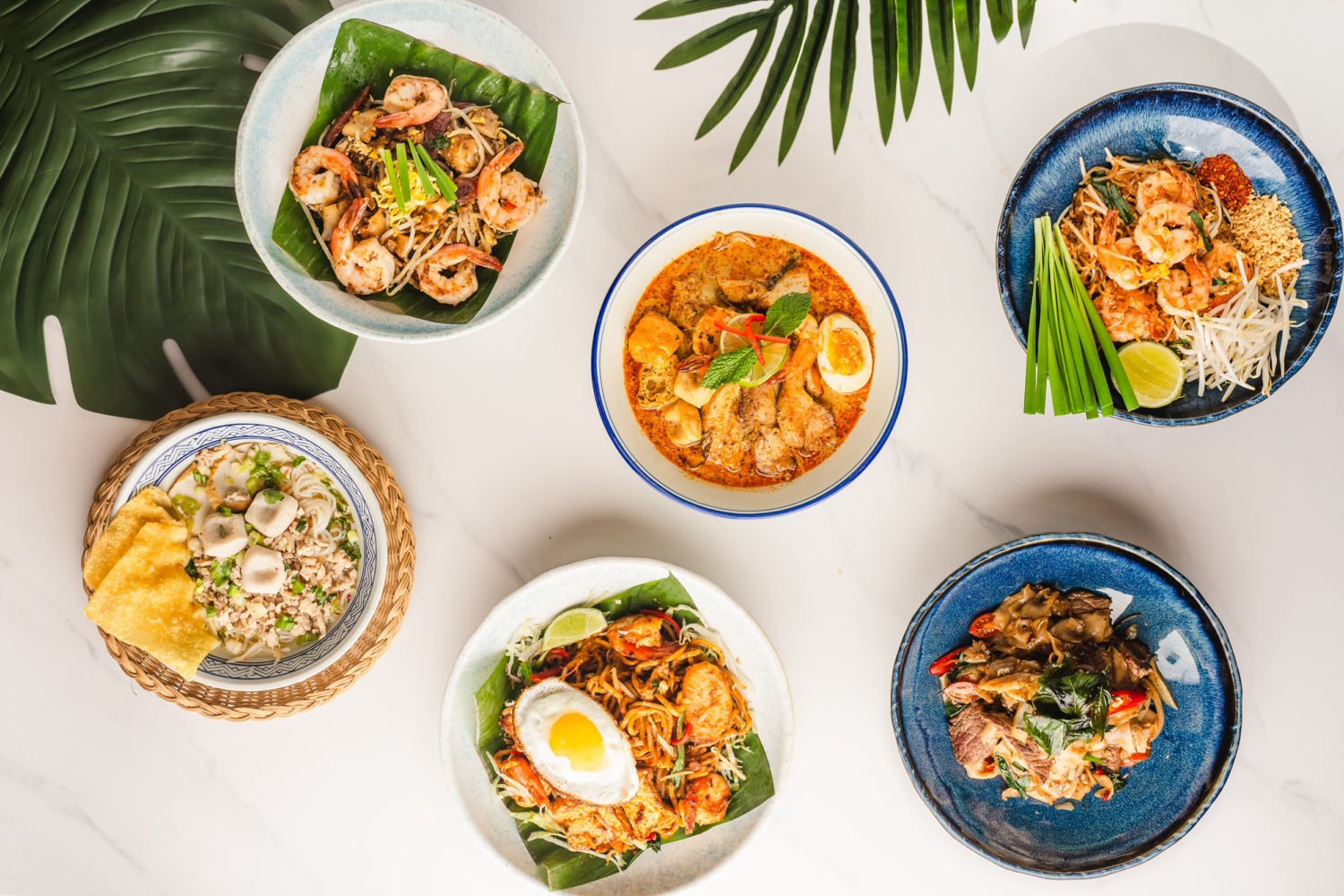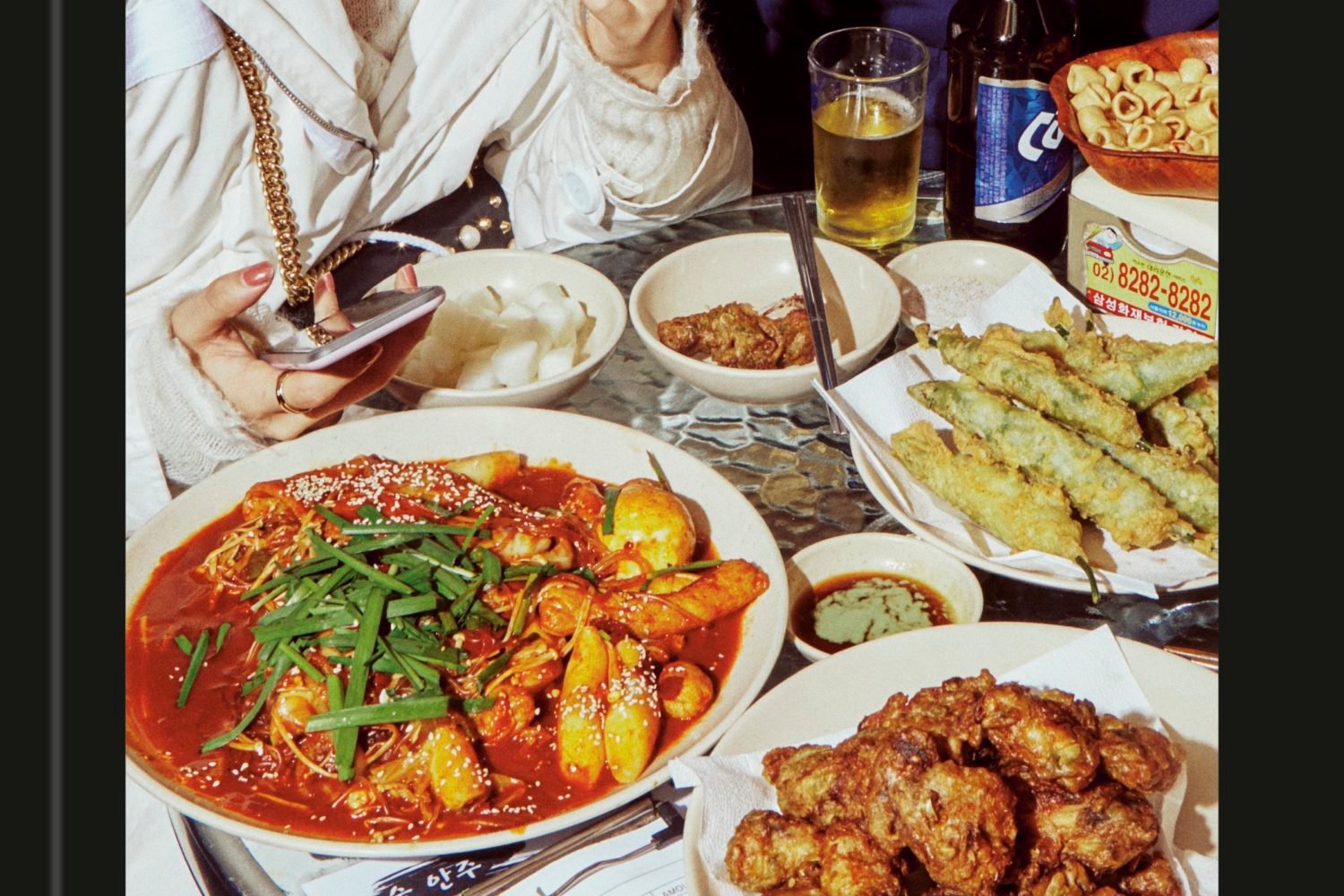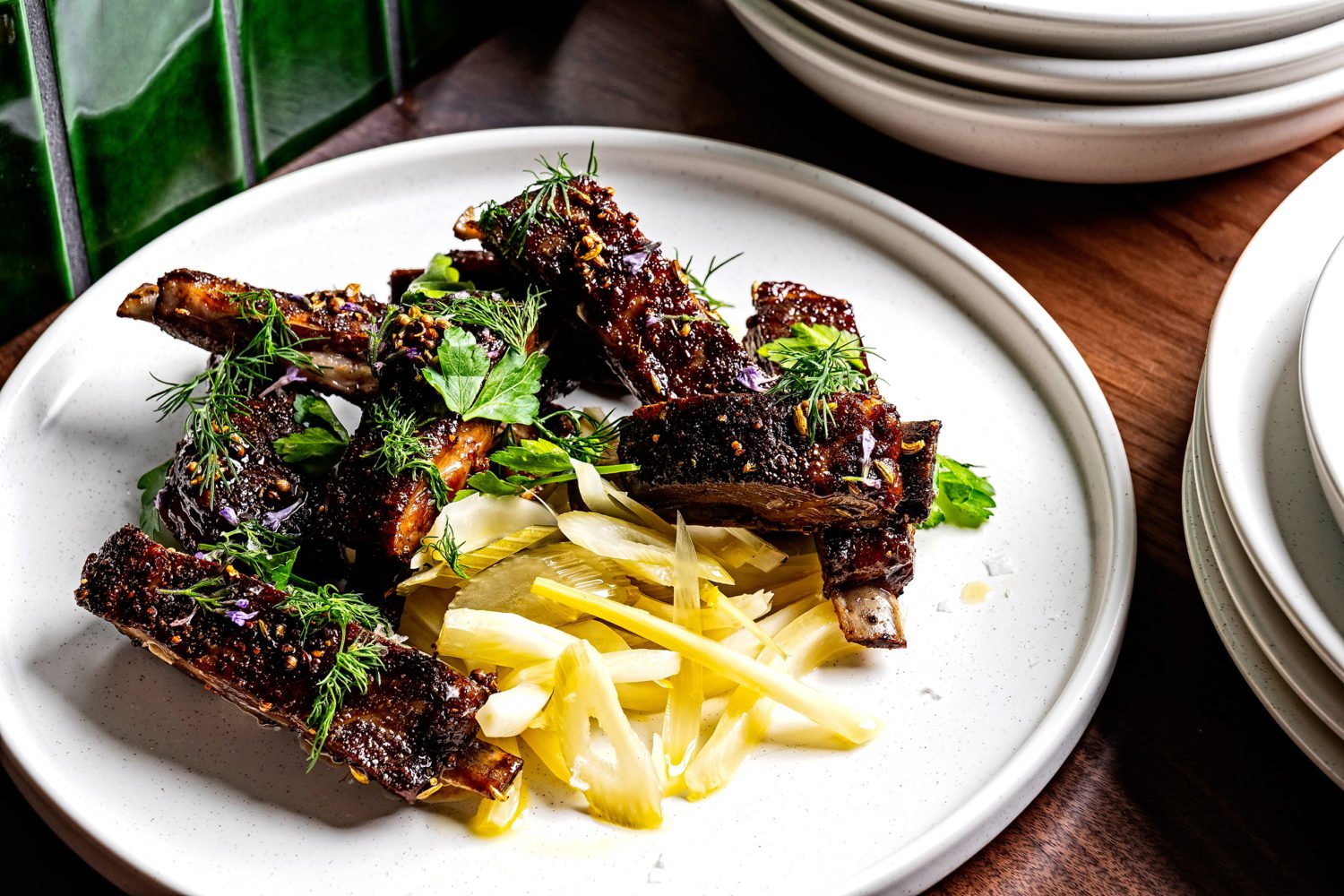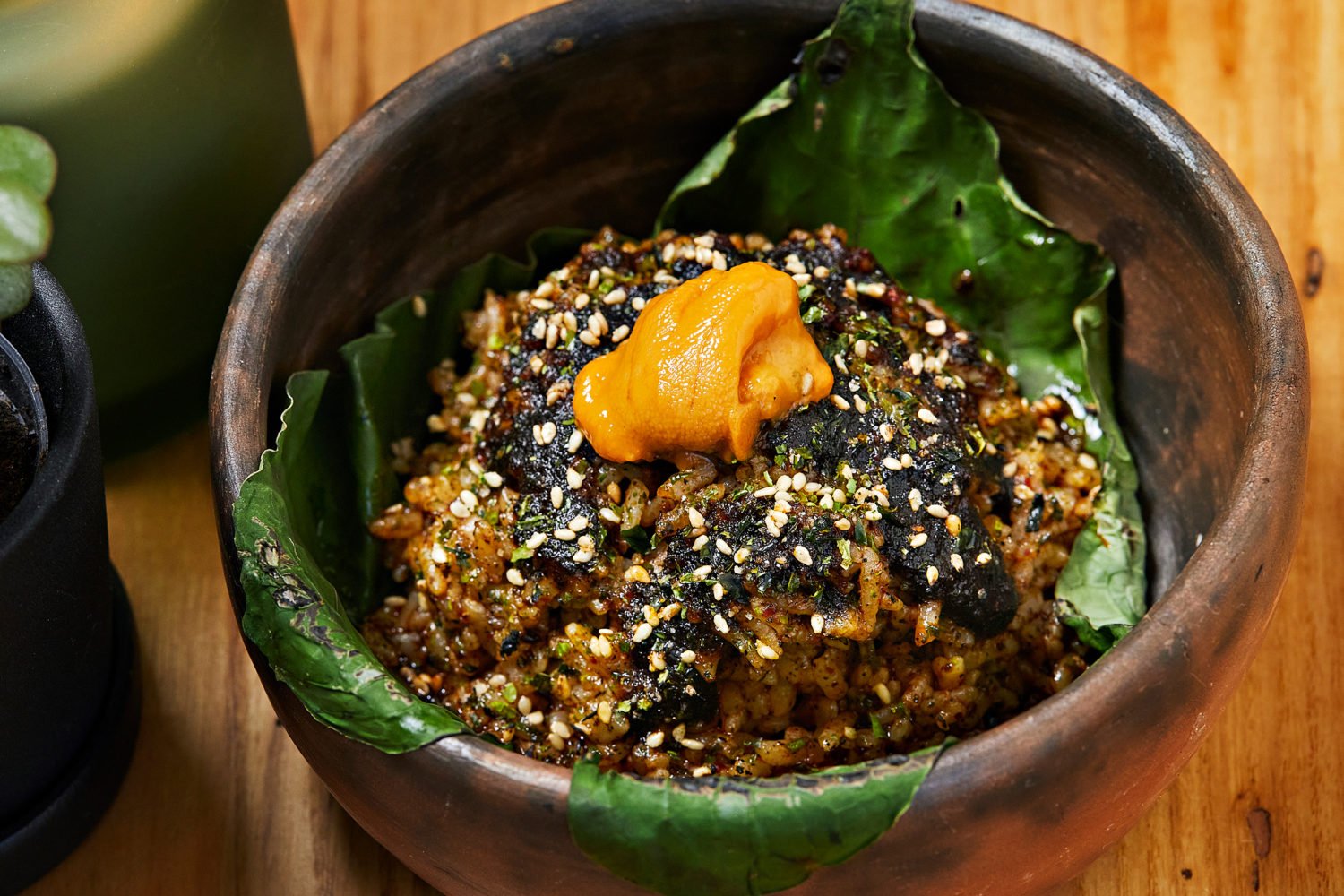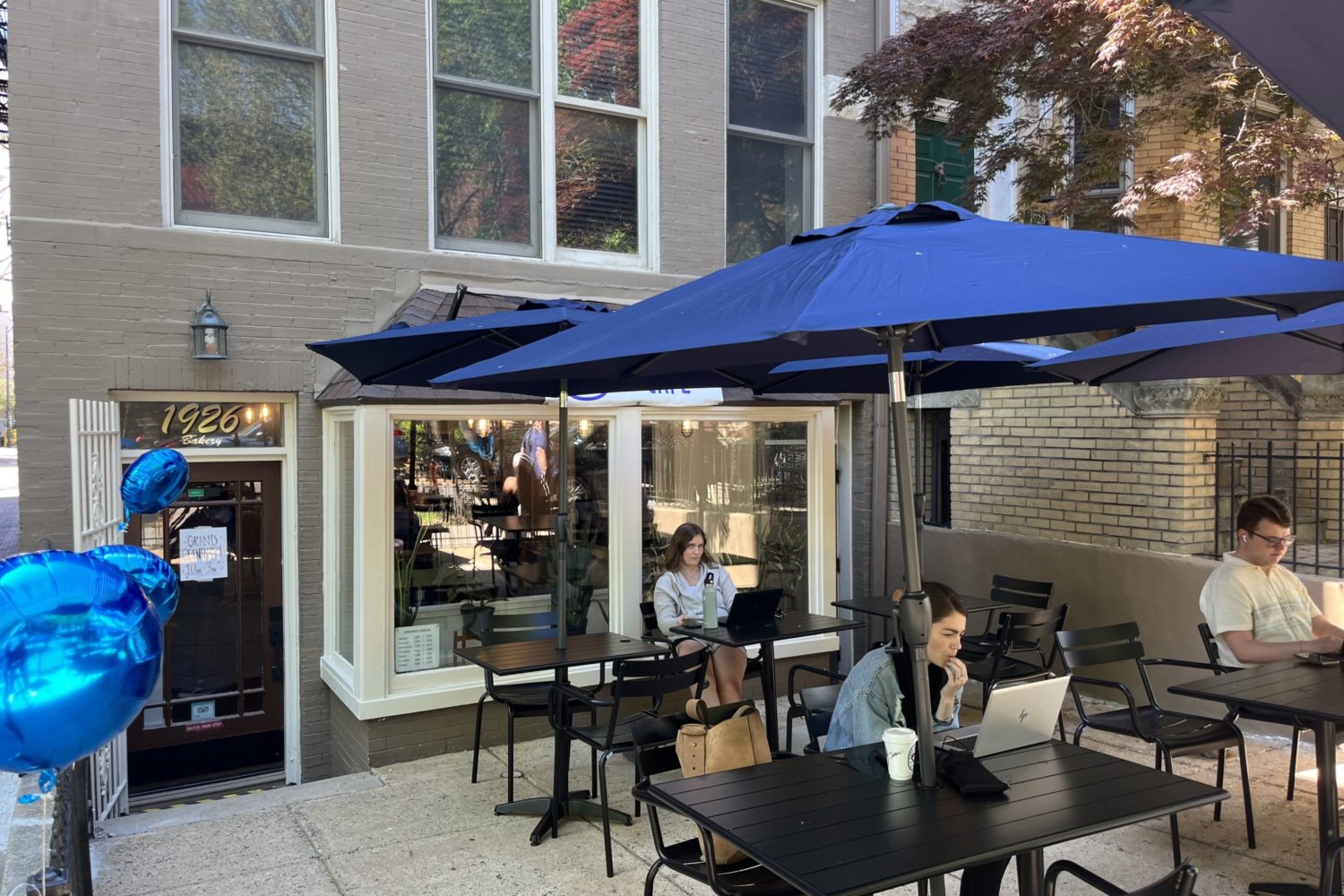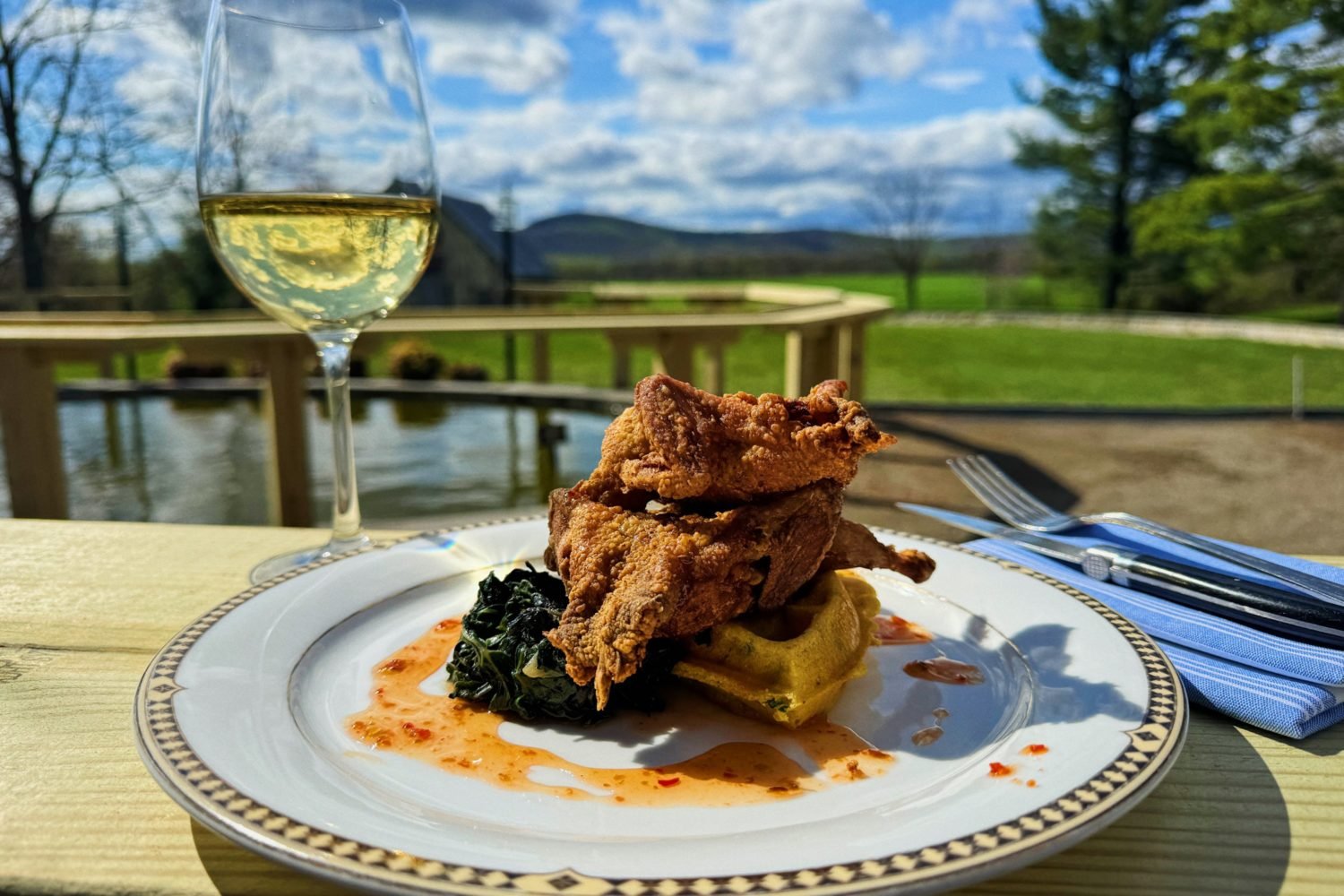From July 2003
Dining before or after a show at Ford's Theatre has improved a lot with the arrival of Bistro d'OC. It is the latest in that line of bistros–from Mannequin Pis in Olney and Petits Plats in Woodley Park, to Montmartre on Capitol Hill and Le Gaulois in Alexandria–with good cooking and affordable prices that make them big assets to their neighborhoods.
Bistro d'OC is the enterprise of Bernard Grenier, formerly chef/proprietor of the popular La Miche in Bethesda. It differs from most neighborhood bistros: Instead of offering the usual menu of pan-regional French dishes, this kitchen showcases regional specialties from chef Grenier's native Languedoc. This gastronomically rich area of southwestern France is famous for cassoulet, but it also offers both luxury and rusticity–truffles, foie gras, confits of duck, goose, and pork, a pot-au-feu with stuffed veal breast, and a magnificent main-course soup-stew called garbure with a combination of meats, cabbage, and beans.
The region, known as the "wine basket of France," produces delicious country wines, and Grenier's two-page wine list provides a taster's tour of its best vineyards. From it one can sample classic examples of the familiar Corbieres and Minervois, as well as the less-frequently encountered Faugeres, Cabardes, and Cotes du Rousillon, for $26 to $34 a bottle.
Grenier brings to Bistro d'OC the reputation for excellent charcuterie he established at La Miche. Some of the best ways to begin are the mousse of foie gras, whose velvety texture contrasts with the crunch of the thin slices of toasted baguette upon which it is spread; the incisively seasoned slice of coarse country pate with a round of foie gras at its center; and the sometimes-available rillettes, a pate of shredded pork or duck meant to be spread thickly on slices of bread. Grenier's version recalls the rillettes the late Jean-Louis Palladin served in lieu of butter at his Watergate bistro.
Gastronomes who appreciate a chef's ability to transform innards into delicacies will enjoy a couple of Bistro d'OC's first courses: crepinette of boned pig's feet garnished with shiitake mushrooms, and tripes a la Lyonnaise.
The crepinette–a smooth-textured patty of meat cooked in a wrapping of caul fat and served with a garnish of shiitake mushroom caps in a dark, smoky shiitake jus–is a dish to inspire return visits. What is listed as Lyonnaise-style tripe is a pleasant stew, though it lacks the chopped onion of the classic preparation and the acid edge of that last-minute splash of vinegar that defines the dish.
If you plan to order cassoulet, a salad is a good way to start. The salade maison is wonderfully old-fashioned. It is not the plate of baby lettuces currently in vogue but rather a large soup plate lined with leaves of mature lettuce, thick crescents of cored cucumber, a julienne of carrots, and slices of beet. An alternative is a generous portion of mixed lettuces, garnished with a julienne of apple and tossed in the kitchen with a creamy bleu-cheese dressing.
Grenier's "cassoulet maison" is disappointingly pale, as though the lamb stew mixed with its beans had been cooked without the traditional tomatoes. Its portion of garlicky, coarse-textured sausage leaves one wishing for just a bit more, the one cube of lamb is contrary to the generous tradition of cassoulet, and the small portion of duck confit looks almost generous by comparison to the rest of the garnishes. Compared to the strapping portions of cassoulet served at the nearby Les Halles or at La Chaumiere in Georgetown, Bistro d'OC's serving is meager.
The cassoulet, which should be Bistro d'OC's signature, is upstaged by Veal Languedoc, the sort of stew one expects to savor at a classic bistro: Large, very tender cubes of veal, cooked at a low temperature, are presented in a large soup plate with a gelatin-rich brown sauce subtly flavored with orange zest and garnished with pitted black olives and a julienne of carrots. A few wedges of crisped potatoes provide a contrast in texture. Until the cassoulet is improved, this is Bistro d'OC's signature main course.
Gerard Pangaud introduced Washingtonians to the pleasures of the richly beefy onglet, or hanger steak, when he opened Gerard's Place in 1993. A year later, Michel Verdon promoted the cut into high-volume popularity at Les Halles. Now it is a staple at hip Modern American restaurants. Bistro d'OC's version may be the best of them all: Ordered medium-rare, it is a juicy rectangle of intensely flavored beef–cut from Australian-pastured Wagyu stock, the breed used in Japan to produce the legendary Kobe beef–with a topping of wine-shallot-flavored butter that melts to create an appetizing gloss over the steak's seared surface. The top half of the plate is mounded with perfectly cooked fried potatoes: blazing hot, splendidly crisp, and virtually greaseless–textbook pommes frites.
Also in the realm of bistro comfort food is the kitchen's roasted chicken with rosemary-garlic jus. Its evenly golden-brown, splendidly crisp skin is delectable. But its dry breast begs for the moisture supplied by a sauce boat of jus, which the waiter will deliver on request.
Sweet courses are not Bistro d'OC's strong suit. The most interesting is a heavy pudding topped with half an apricot and accompanied by a scoop of cinnamon ice cream. For a couple, a better choice is a shared order of the cheese of the day.
For diners with ample time before the curtain, Bistro d'OC offers excellent value in its three-course, $21.95 pre-theater menus. But for those in a hurry, the floor staff can rush through a steak-frites or a Veal Languedoc, or deliver a salad and a pate campagne as a main course.






